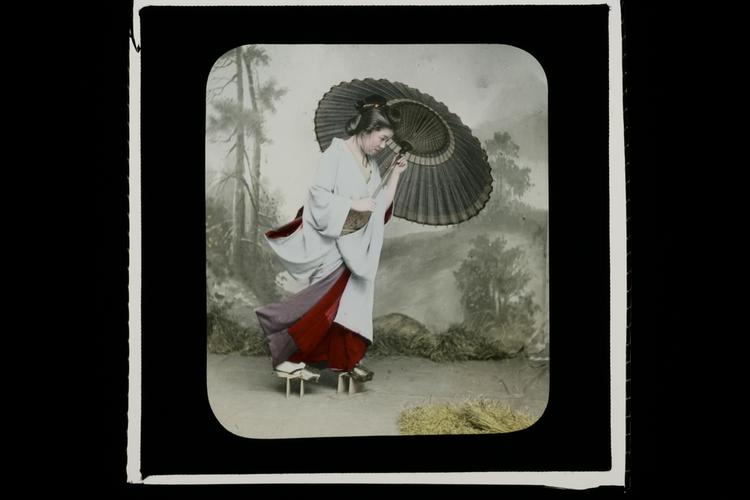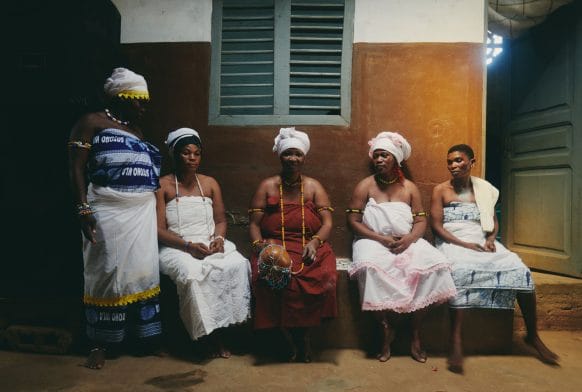
Dugong hunting charm, kobai, in the shape of the animal. A turtle is carved on the dugong's back, depicting the fisherman's ancestral totem. The head is damaged with a piece missing, which is likely to have caused the talisman's abandonment. A singular perforation is threaded through with a vegetable fibre binding, by which the kobai was suspended inside the bow of a fishing canoe, or underneath a harpooning platform. These charms were believed to both lure the dugong to their slaughter, and also (when supended in a boat) to turn like a compass to point towards where dugongs might be found. The carving would have originally been brightly painted in red with a magical paint made from powdered red clay suspended in dugong oil.
Dugong Hunting Charm, Kobai, Coastal Islands of Gulf Province, Papua New Guinea The dugong (Dugong dugon) is a large marine mammal which grazes on sea grasses in the shallow tropical waters of Asia and the Pacific. They are now endangered due to human over-hunting, but they were abundant in the Torres Strait between Australia and New Guinea at the time that this hunting charm was carved in the late 19th Century. For the Torres Strait Islanders and the coastal peoples of the Papuan Gulf, the dugong was a highly prized source of meat, oil, bone and ivory. The animals were both harpooned from tall static platforms set up on the coral reefs around which they graze, and also from canoes. Magical dugong hunting charms such as this example were known as kobai, and take the shape of the animal. They were used in both static and mobile hunting: the single piercing through the carving allowed the kobai to be suspended inside the bow of a fishing canoe, or underneath a harpooning platform. These charms were believed to both lure the dugong to their slaughter, and also (when suspended in a boat) to turn like a compass to point towards where a dugong might be found. This example features a turtle carved on the dugong's back, which was the totem animal of the original owner’s ancestors: the spirits of dead relatives were called upon by fishermen to assist them in dugong hunting , and the bones of beloved relatives were sometimes presented a share of the meat in gratitude when a hunt was successful. The head of this carving is sadly now damaged, and it would originally have been brightly painted in red with a magical paint made from powdered red clay mixed up with dugong oil. Hardwood. Late 19th Century. Formerly in the Collection of the London Missionary Society.

































































































































































































































































































































































































































































































































